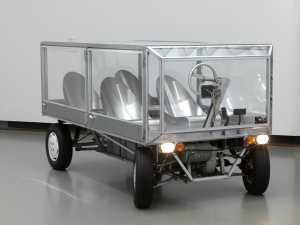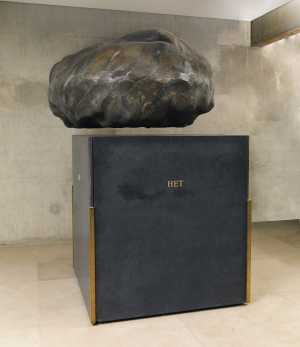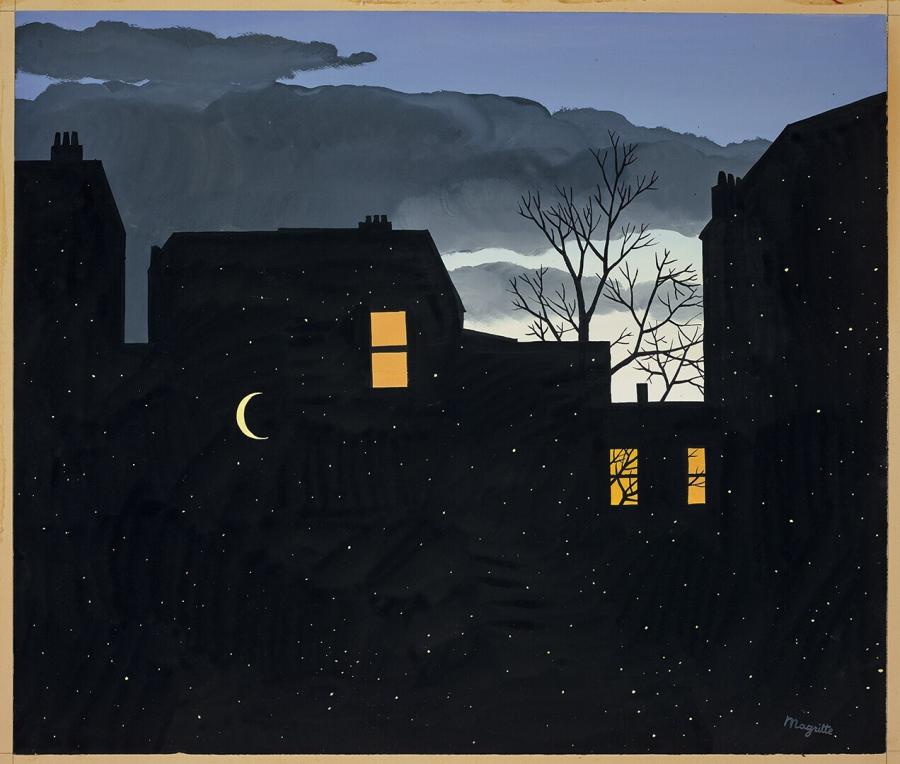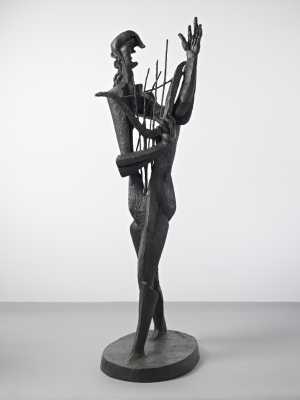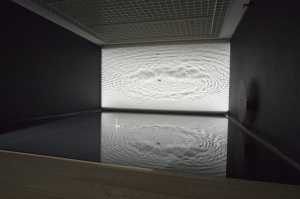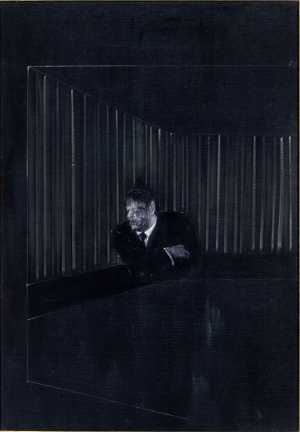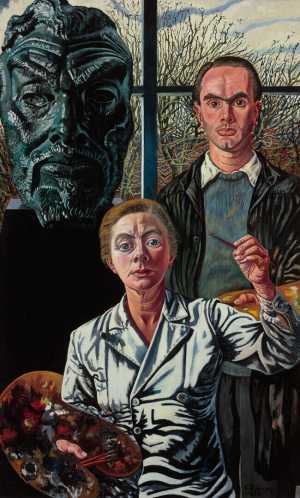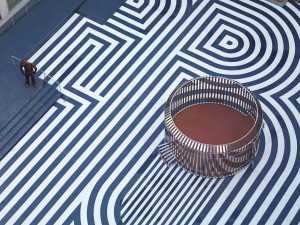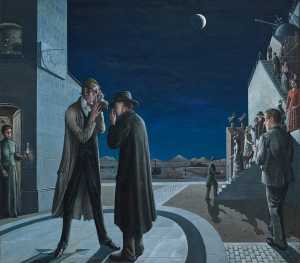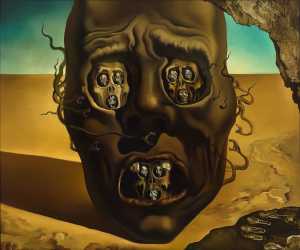Specifications
| Title | Le poison |
|---|---|
| Material and technique | Gouache on paper |
| Object type |
Drawing
> Two-dimensional object
> Art object
|
| Location | This object is in storage |
| Dimensions |
Height 33,5 cm Width 40,7 cm |
|---|---|
| Artists |
Artist:
René Magritte
|
| Accession number | 2943 (MK) |
| Credits | Purchased 1977 |
| Department | Modern Art |
| Acquisition date | 1977 |
| Creation date | in 1939 |
| Provenance | Edward James, Chichester 1939-64; Edward James Foundation, Chichester 1964-77 |
| Exhibitions | Brussels 1939; London 1973a; Rotterdam 1996a; Brighton 1998; Porto 2001; Rotterdam 2006; Lille 2012-13; Edinburgh/Hamburg/Rotterdam 2016-17 |
| Internal exhibitions |
TEFAF - Collecting Collectors (2016) Gek van surrealisme (2017) |
| External exhibitions |
The Magical City (2012) De Melancholieke Metropool: stadsbeelden tussen magie en realisme, 1925-1950 (2013) Surreal Encounters - Collecting the Marvellous (2016) Dal nulla al sogno (2018) Dalí, Ernst, Miró, Magritte... (2016) A Surreal Shock – Masterpieces from Museum Boijmans Van Beuningen (2021) Dalí, Magritte, Man Ray and Surrealism. Highlights from Museum Boijmans Van Beuningen (2023) Only the Marvelous is Beautiful (2022) Surrealist Art - Masterpieces from Museum Boijmans Van Beuningen (2021) A Surreal Shock. Masterpieces from Museum Boijmans Van Beuningen (2023) |
| Research |
Show research A dream collection - Surrealism in Museum Boijmans Van Beuningen |
| Literature | Hammacher 1973, p. 130; London 1973, p. 42 (as La bonne avonture), cat. no. 42; Sylvester 1994, p. 33, cat. no. 1142; Edinburgh 2016, pp. 215, 248, 259, cat. no. 101 |
| Material | |
| Object | |
| Technique |
Gouache
> Drawing technique
> Technique
> Material and technique
|
| Geographical origin | Belgium > Western Europe > Europe |



